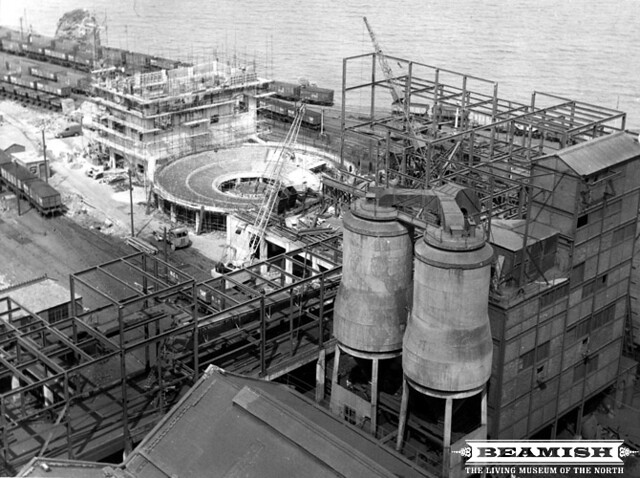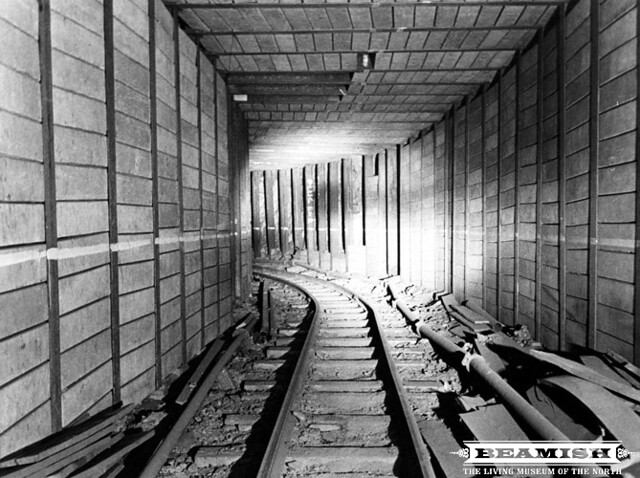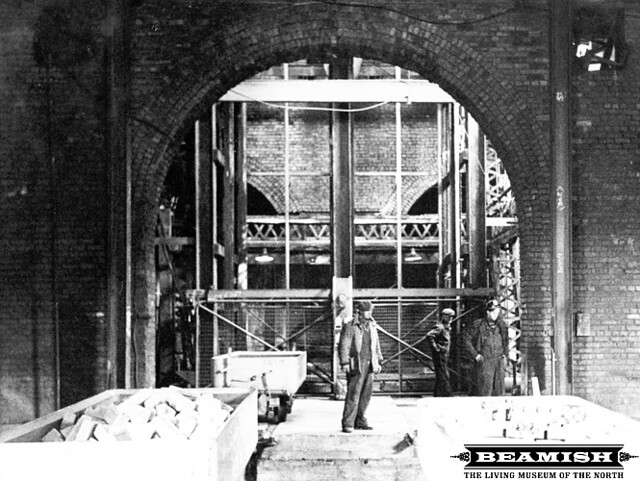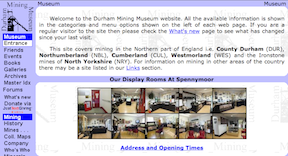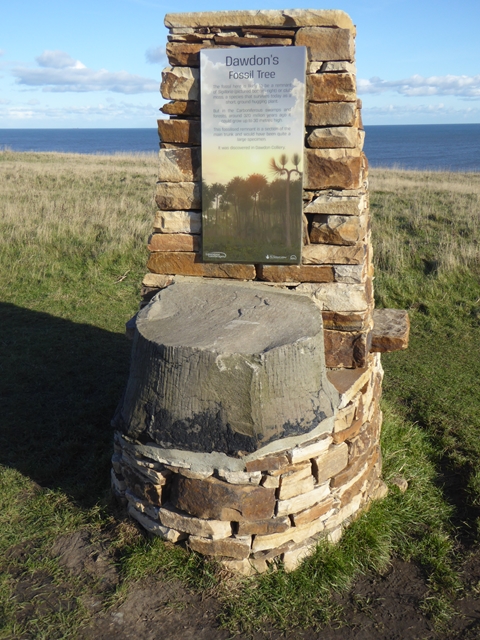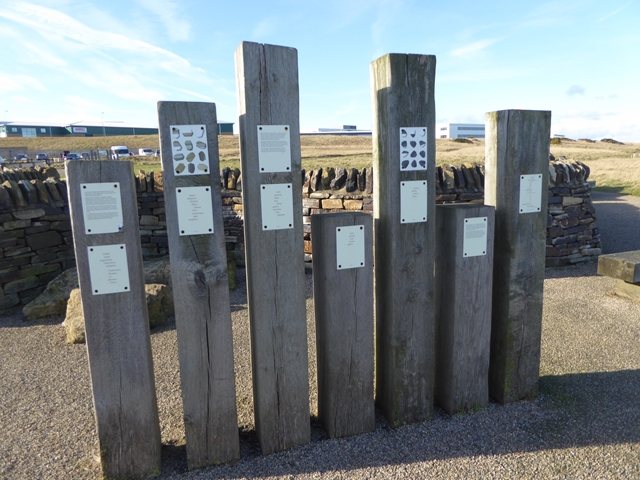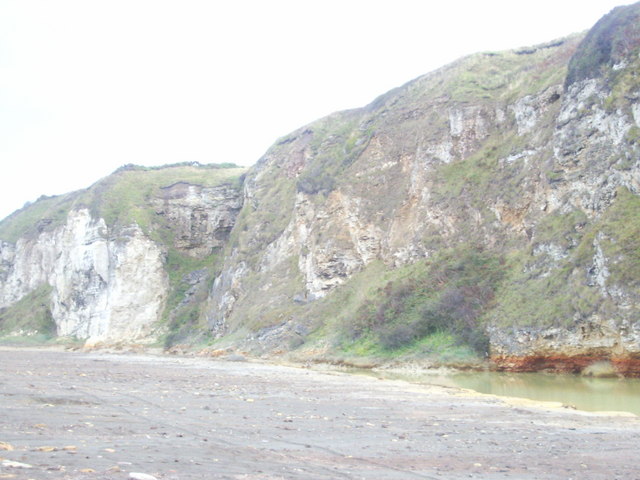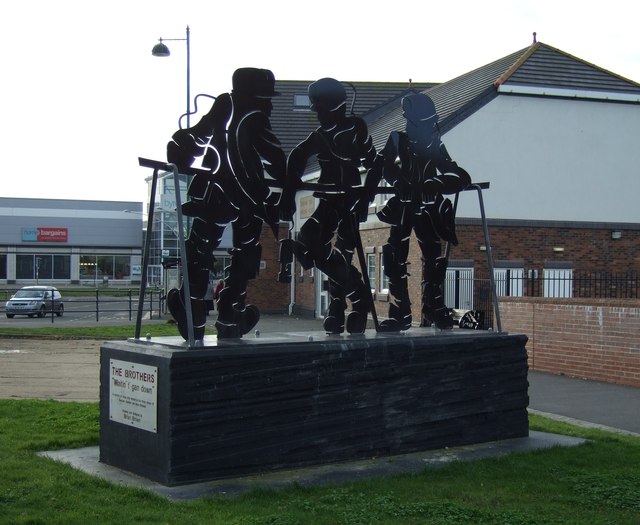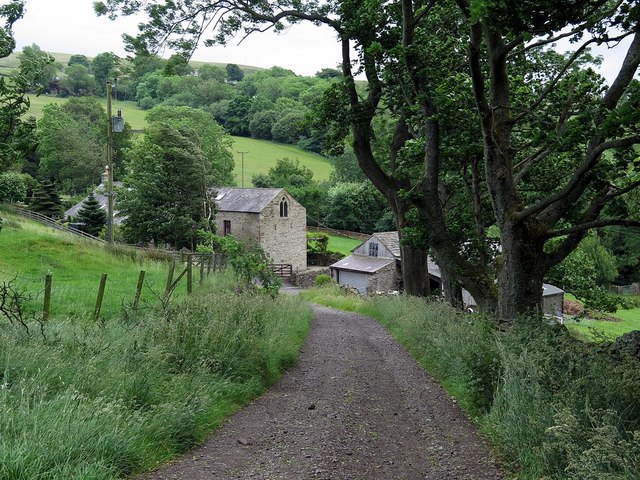Topics > County Durham > Seaham > Dawdon > Dawdon Colliery (1907-1991)
Dawdon Colliery (1907-1991)
Dawdon Colliery was sunk in 1907 by the Sixth Marquess of Londonderry, when the workings at his Seaham Colliery became increasingly costly to work from the old shafts, as the mine pushed out to the south-east. The new shafts for Dawdon Colliery were sunk at the coast on a rocky promontory known as Noses Point, near Dawdon. At that time Dawdon was a small village of 83 houses. Dawdon was extended by Londonderry, with the building of 20 streets of new housing to accommodate the rapidly growing workforce at the colliery. By 1910 the 3,300 miners at Dawdon Colliery were producing 1 million tons of hand-hewed coal per year. In 1930 the numbers employed at the colliery reached their peak at 3,798 (3,163 working below ground and 635 working on the surface).[1] Dawdon Colliery closed on the 25th of July, 1991.

from Beamish (flickr)
Dawdon Colliery Modernisation - two miners on the Loco haulage road.
Pinned by Simon Cotterill
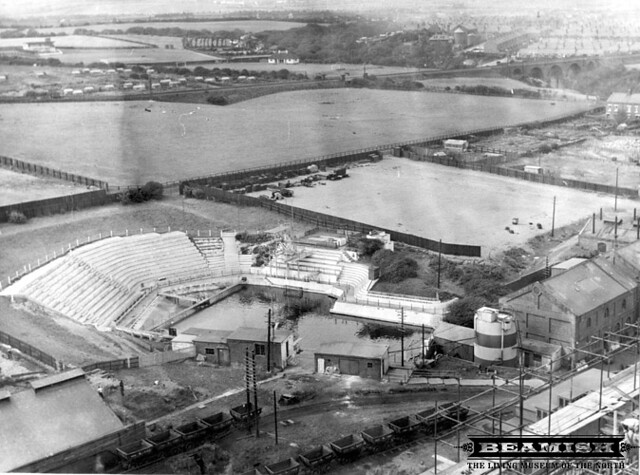
from Beamish (flickr)
Dawdon Colliery Modernisation - view of Dawdon Pool from the Teresa Tower.
Pinned by Simon Cotterill
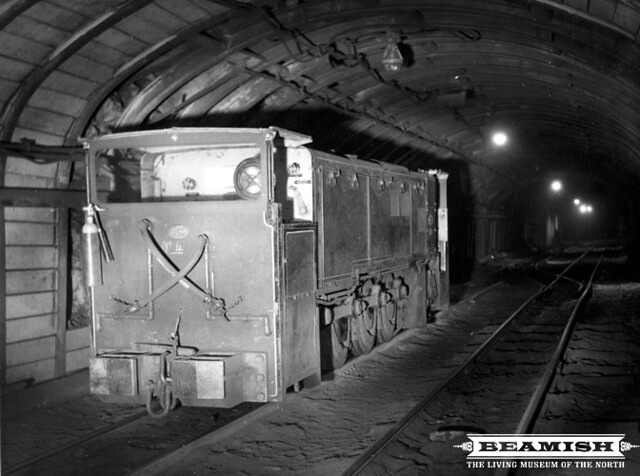
from Beamish (flickr)
Dawdon Colliery Modernisation - 100 hp locomotive on loco drift.
Pinned by Simon Cotterill
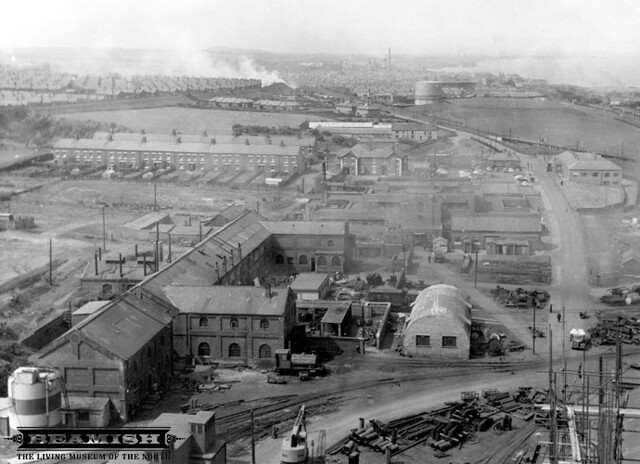
from Beamish (flickr)
Dawdon Colliery Modernisation - view of Dawdon from Theresa Tower
Pinned by Simon Cotterill

from Beamish (flickr)
Dawdon Colliery Modernisation - conveyor system to new washery plant.
Pinned by Simon Cotterill
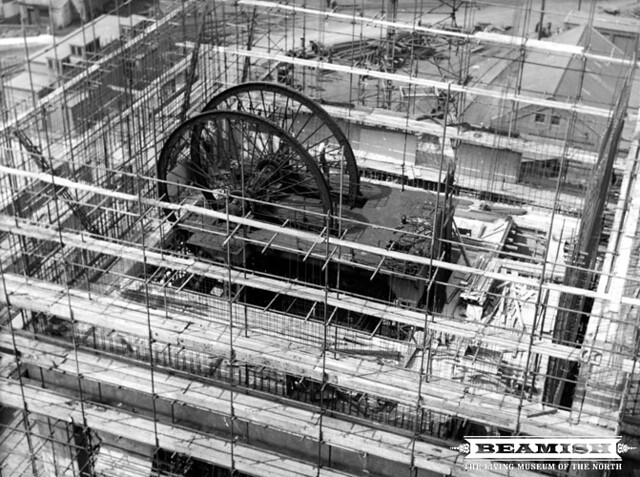
from Beamish (flickr)
Dawdon Colliery Modernisation - erection of Castlereagh winder
Pinned by Simon Cotterill
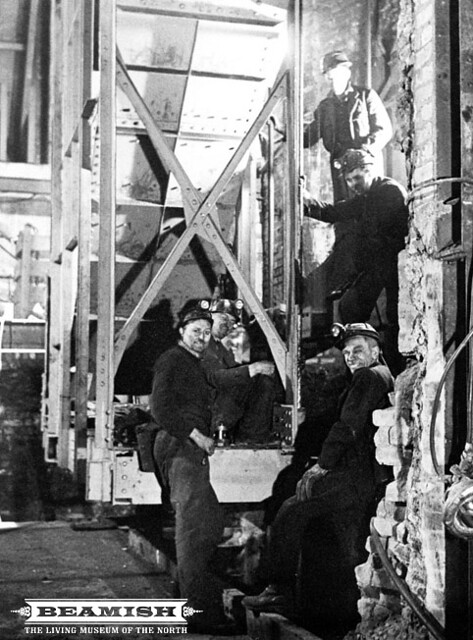
from Beamish (flickr)
Dawdon Colliery Modernisation - personnel installing south side skip.
Pinned by Simon Cotterill
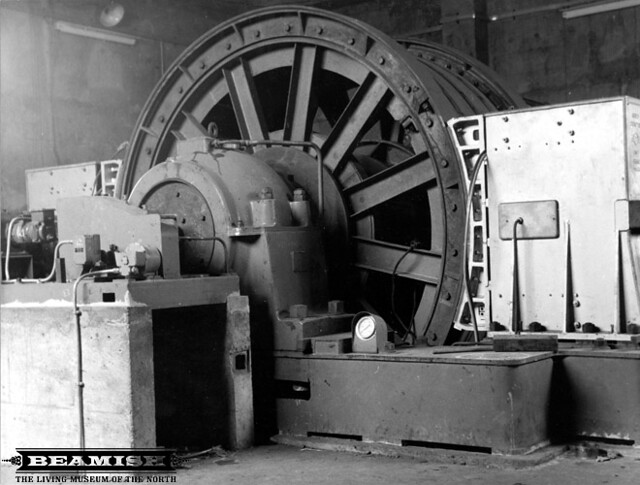
from Beamish (flickr)
Dawdon Colliery Modernisation - Castelreagh Tower winder
Pinned by Simon Cotterill
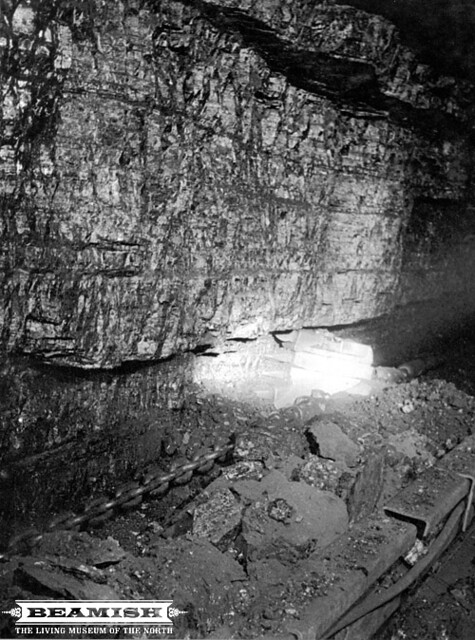
from Beamish (flickr)
Dawdon Colliery Modernisation - middle /4 seam - plough installation.
Pinned by Simon Cotterill

from Flickr (flickr)
Dawdon Colliery Reclamation and Development sign. Aug 1998
Pinned by Simon Cotterill
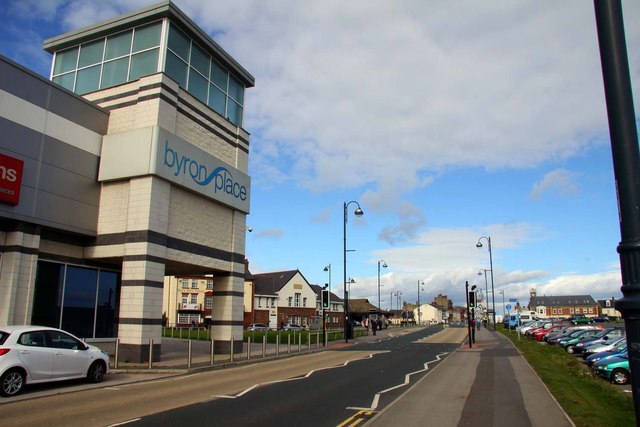
Co-Curate Page
Seaham
- Overview About Seaham Map Street View Seaham is a town on the east coast in County Durham. There has been settlement at Seaham since at least early medieval times; the …
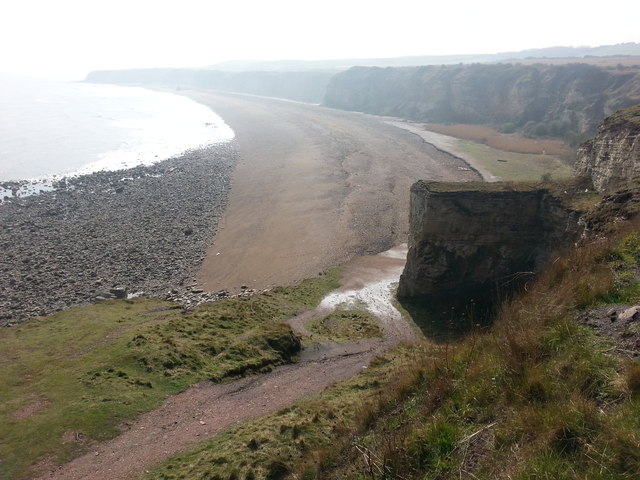
from Geograph (geograph)
Looking to the south from Nose's point along Blast Beach
Pinned by Simon Cotterill
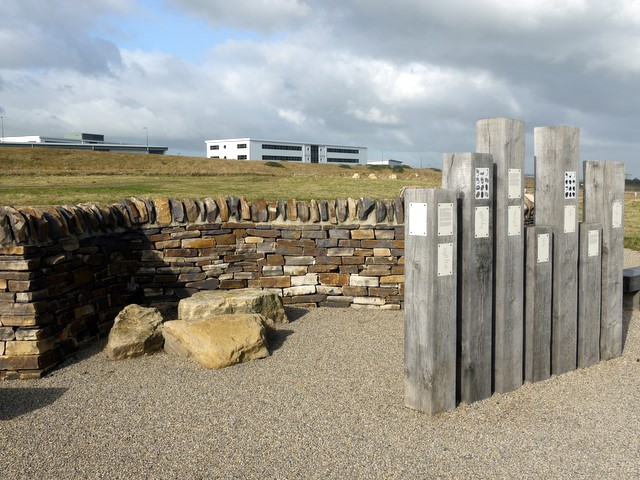
from Geograph (geograph)
Wind shelter and visitor information, Nose's Point
Pinned by Simon Cotterill


from Beamish (flickr)
Dawdon Colliery Modernisation - two miners on the Loco haulage road.
Pinned by Simon Cotterill

from Beamish (flickr)
Dawdon Colliery Modernisation - view of Dawdon Pool from the Teresa Tower.
Pinned by Simon Cotterill

from Beamish (flickr)
Dawdon Colliery Modernisation - 100 hp locomotive on loco drift.
Pinned by Simon Cotterill

from Beamish (flickr)
Dawdon Colliery Modernisation - view of Dawdon from Theresa Tower
Pinned by Simon Cotterill

from Beamish (flickr)
Dawdon Colliery Modernisation - conveyor system to new washery plant.
Pinned by Simon Cotterill

from Beamish (flickr)
Dawdon Colliery Modernisation - erection of Castlereagh winder
Pinned by Simon Cotterill

from Beamish (flickr)
Dawdon Colliery Modernisation - personnel installing south side skip.
Pinned by Simon Cotterill

from Beamish (flickr)
Dawdon Colliery Modernisation - Castelreagh Tower winder
Pinned by Simon Cotterill

from Beamish (flickr)
Dawdon Colliery Modernisation - middle /4 seam - plough installation.
Pinned by Simon Cotterill

from Flickr (flickr)
Dawdon Colliery Reclamation and Development sign. Aug 1998
Pinned by Simon Cotterill

Co-Curate Page
Seaham
- Overview About Seaham Map Street View Seaham is a town on the east coast in County Durham. There has been settlement at Seaham since at least early medieval times; the …

from Geograph (geograph)
Looking to the south from Nose's point along Blast Beach
Pinned by Simon Cotterill

from Geograph (geograph)
Wind shelter and visitor information, Nose's Point
Pinned by Simon Cotterill
Grid ref:
NZ436478
